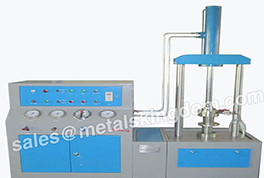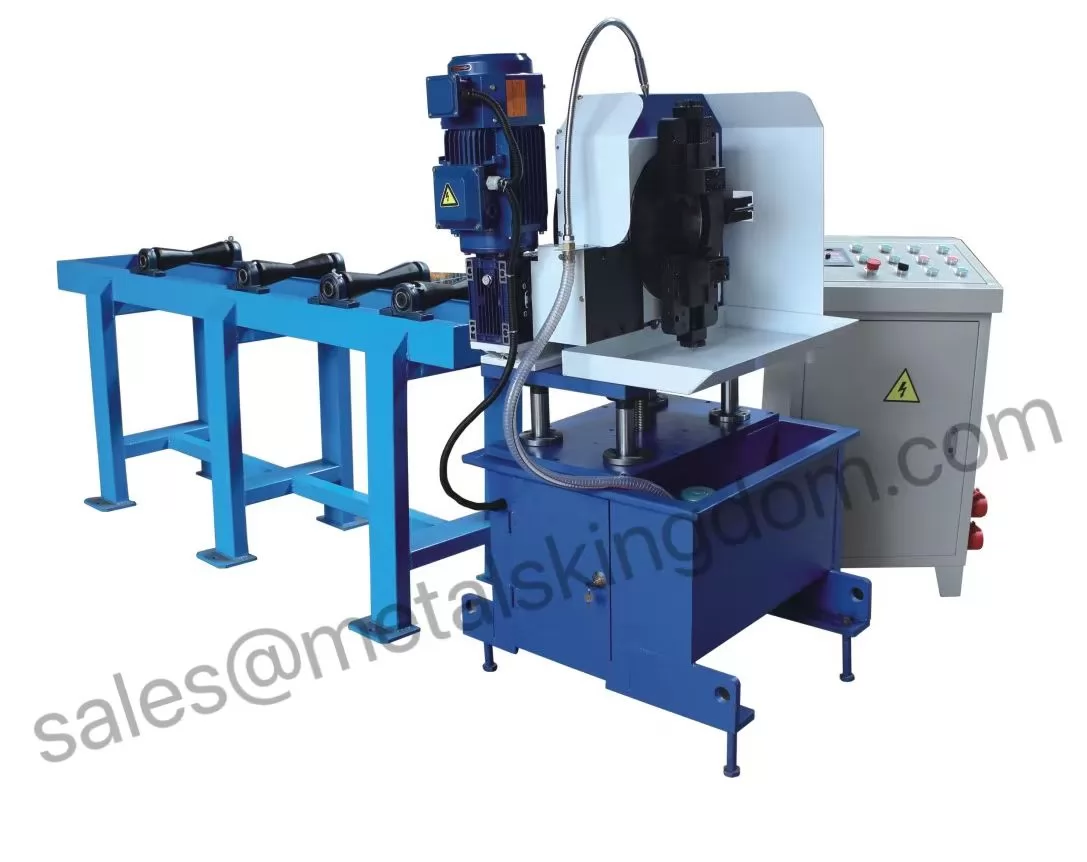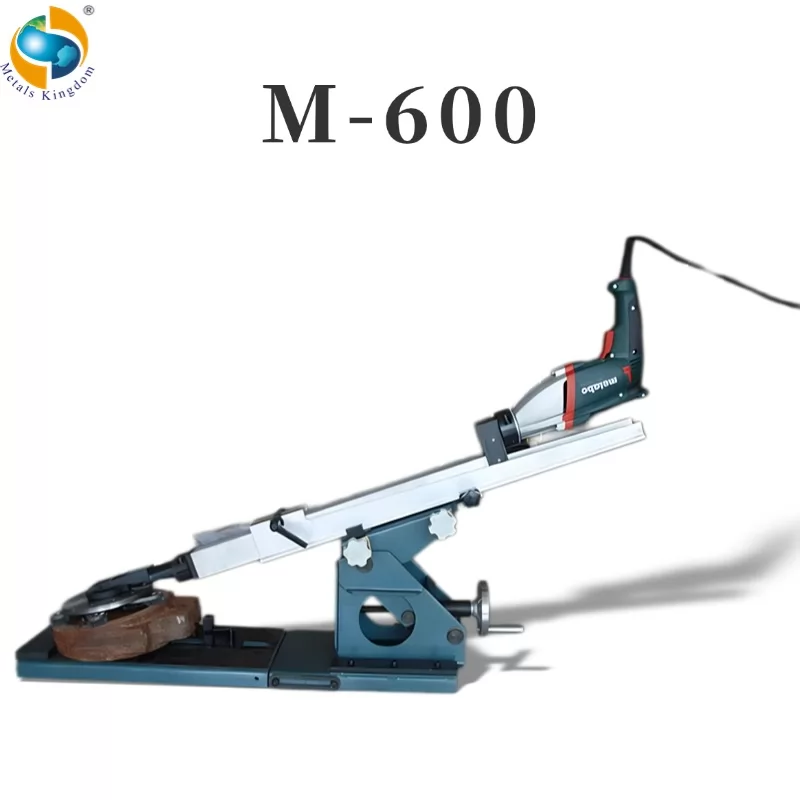(1) Install the valve
Place the tested valve on the sealing plate under the workbench.
(2) Clamping valve
Clamping method of flange connection valve
①. Install the flat sealing plate.
②. Put the sealing ring in the flat sealing plate.
③ Put the tested valve on the lower sealing plate and align it.
④. Press the "clamp" button and cooperate with the "pressure adjustment" knob to clamp the valve.
(3) Waterway connection of valve tester
Connect the water inlet of the equipment to the water source with the supplied water pipe, turn on the water source switch to fill the water tank, and when the water tank is full, water will flow out of the overflow port, turn off the water source.

Valve Test Equipment
Operation of the circuit and oil circuit of valve pressure test bench
1. Turn on the power.
2. After closing the air switch, the power indicator is on.
Loosen the "pressure adjustment" knob counterclockwise, press the "original start" switch and the oil pump starts to work; at this time, other actions can be performed.
4. After each cylinder action, in order to reduce the hydraulic impact, each time you change forward, you need to turn the "pressure adjustment" knob counterclockwise to make the "system pressure" gauge read less than 2MPa.
5. "Sealing oil disorder" has a hydraulic control check valve. After pressing the "release" button, the direction cannot be changed immediately, and the "pressure adjustment" knob needs to be turned clockwise to make the oil system pressure exceed a certain value (generally 2-3MPa), will start to move.
6. Rotate the "pressure adjustment" knob, the action must be gentle, it will cause shock, the pressure gauge reading will rise too fast.
(5) Seal test of valve test equipment
1. Valve sealing test of valve excitation tester
①. Clamp the tested valve, the "seal pressure" value is calculated according to the "pressure comparison table and calculation formula" based on different valve diameters and pressures.
②. Open the pressure relief valve, turn on the low pressure water pump switch, until the water flows out from the pressure relief port, close the door opening and closing parts of the tested valve until the pressure gauge pointer starts to act, and turn off the low pressure water pump.
③. Press the "pressurization on" switch, and then turn the "pressure adjustment" knob clockwise to make the reading of the test pressure gauge reach the value to be tested, turn on the "holding pressure timer" switch, the time relay starts timing, after the set time, "Buzzer" starts to warn of damage.
④. We judge whether the tested valve is qualified by the pressure drop during the test duration.
⑤. After the test, turn on the "pressure relief switch" to reset the test pressure gauge to zero. Then turn the "pressure adjustment" knob counterclockwise to make the system pressure less than 0.5MPa.
⑥. Press the "Release" button, turn the "pressure adjustment" knob clockwise to loosen the tested valve], and then turn the "pressure adjustment" knob counterclockwise to make the system pressure less than 0.5MPa.
⑦. Take away the tested valve. So far, the inspection of a valve is completed.
2. The valve excitation tester tests the strength of the valve shell and the sealing performance of the upper seal
①. Select the corresponding sealing disc according to the measured valve diameter and connection form.
②. Place the tested valve on the lower sealing plate and align it. Then press the "clamp" button to clamp the tested valve. The clamping force is calculated according to the comparison table and formula.
③. Unscrew the valve door opening and closing parts; open the left pressure relief and pour water into the tested valve door until the water flows out from the pressure relief port. Then close the pressure relief valve.
④. The test procedure is the same as the procedure of the "valve sealing test".
3. Gas sealing test of valve excitation tester
①. Open the back door of the case and open the water-gas switching valve to connect the gas circuit. Note: The water-gas switch valve must be closed during the water pressure test
②. Turn off the "pressure relief" switch. ③. Connect the medium gas source (nitrogen) and power gas source (compressed air) to the gas booster pump respectively.
④. Turn on the "medium gas switch" first, and then turn on the "power gas switch" after the pressure rises to conduct a pressure test. If it is lower than the pressure of the nitrogen cylinder, only slowly open the "medium gas switch" to perform the pressure test. We judge whether the tested valve is qualified by the pressure drop during the test duration. (If the operation panel is equipped with two high and low pressure test pressure gauges, the use of high and low pressure gauges is beneficial to improve the measurement accuracy at low pressure. But it must be noted: When the test pressure is greater than 2/3 of the range, be sure to The switch of the low-voltage meter is turned off to prevent damage to the low-voltage meter.)
⑤. After the test is completed, open the pressure relief switch to complete the pressure relief.
⑥. Press the "release" button, turn the "pressure adjustment" knob clockwise to loosen the valve under test, and then turn the "pressure adjustment" knob counterclockwise to make the system pressure less than 0.5MPa, remove the valve.












